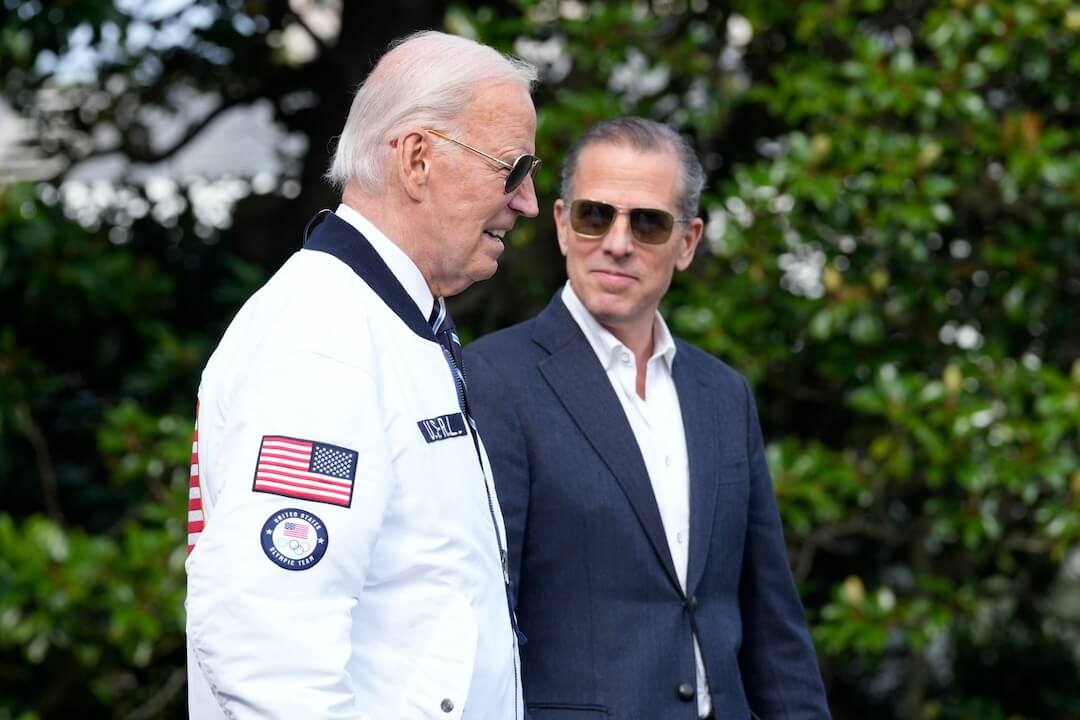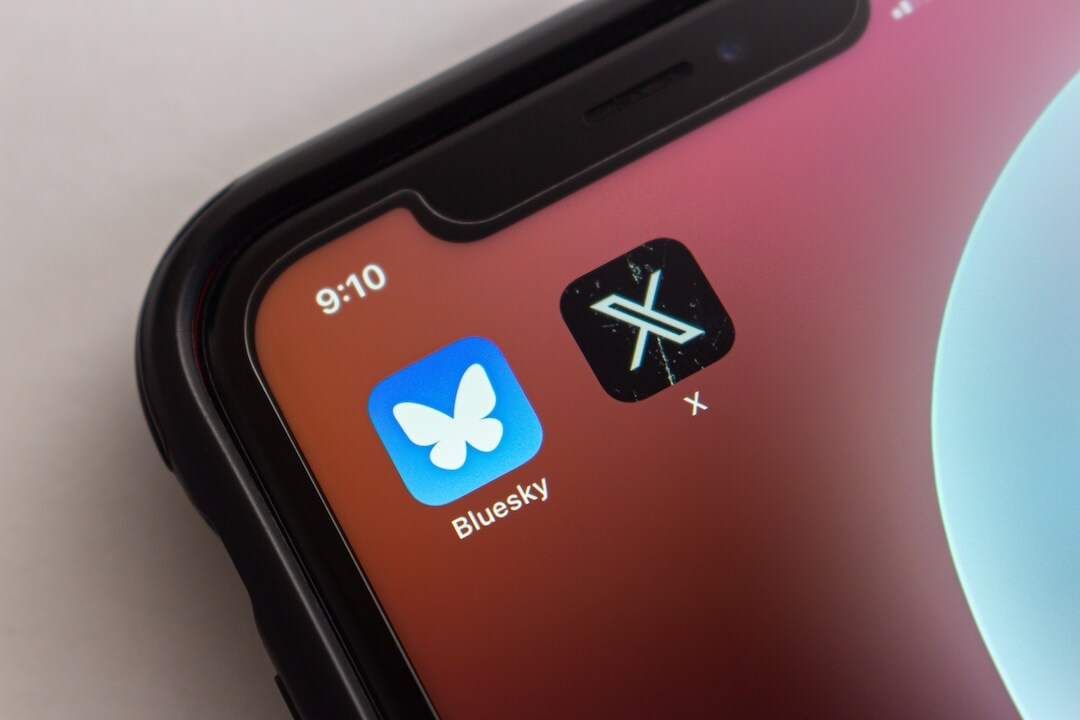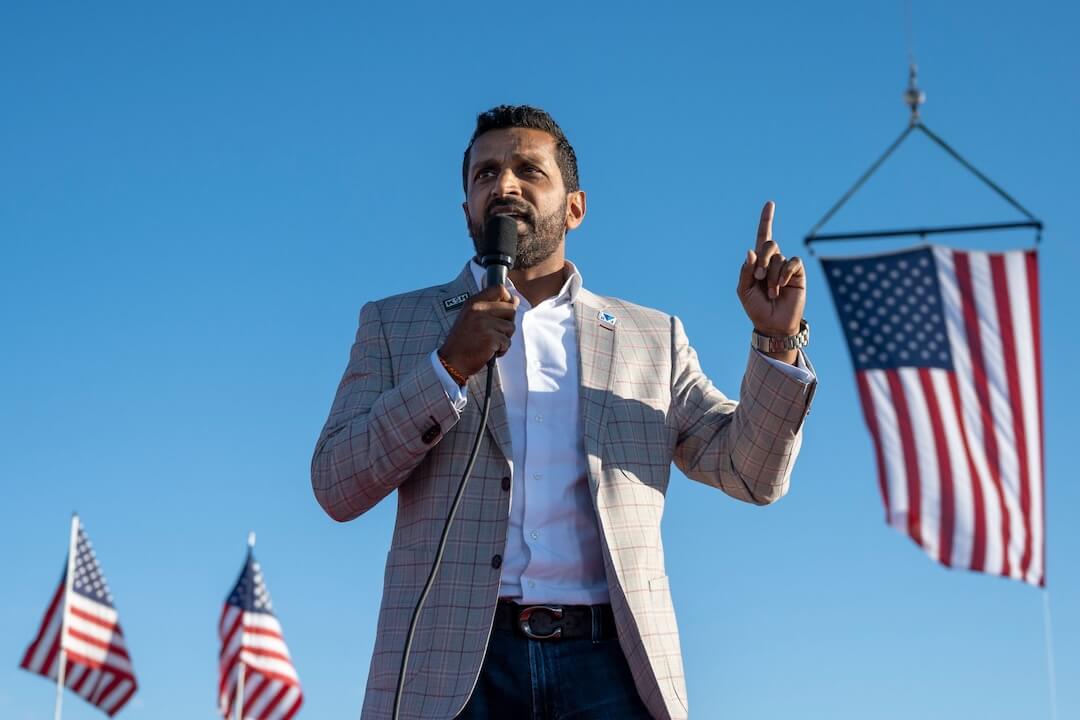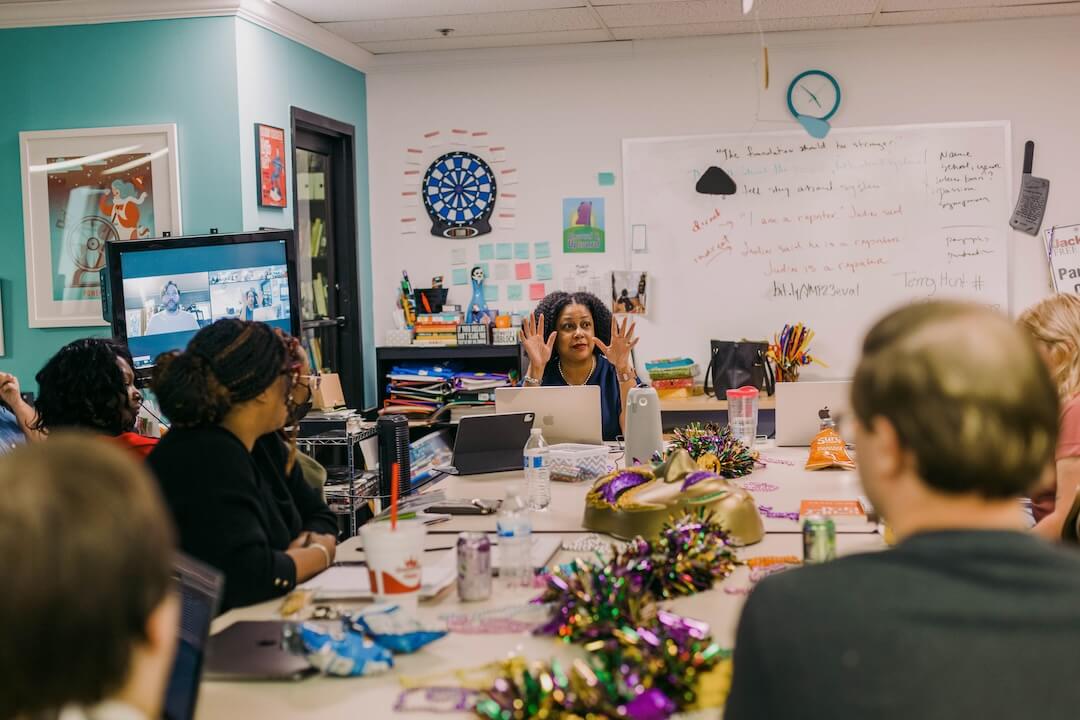TV journalists have become conditioned to the idea that when some new study or boss tells them it is time to “re-invent” local news, it’s code for “Cut stories even shorter and don’t tackle stories with too much complexity. Go for the emotion and interesting video.”
But here is a study that shows something different.
Researchers at Northeastern University in Boston say their survey of 613 viewers in six TV markets shows conventional wisdom about what local TV viewers want is not true.
The research, conducted by professors Mike Beaudet and John Wihbey, says the notion that viewers want fast-paced newscasts is not necessarily true. The study found, “The conventional wisdom is that news consumers want increasingly short, quickly digestible content. While this may be true in some contexts, our panel survey respondents offered a more complex picture of audience preferences on the spectrum of efficiency to depth. Indeed, asked to describe what their ideal local news program would look like, respondents fairly consistently chose depth over efficiency.”
[expander_maker id=”1″ more=”Read more” less=”Read less”]
The study included viewers with an average age of 34 from six TV markets. Researchers worked with TV stations in those markets to gather sample stories from their newscasts. The researchers then recut the stories using the same facts and experimented to see if they could make the stories more attractive to viewers. The stations were:
- WLS in Chicago (market No. 3)
- KNXV in Phoenix (market No. 12)
- WBTV in Charlotte, North Carolina (market No. 23)
- WTVD in Raleigh/Durham, North Carolina (market No. 25)
- WJAR in Providence, Rhode Island (market No. 53)
- WAFB in Baton Rouge, Louisiana (market No. 97)
The remixed stories included animation coupled with some sound effects. In most cases, the most emotional parts of the stories were moved higher in the pieces and the remixed stories included more context than the originals. The remixed stories also tended to be longer than the original versions. The remixing improved audience response the most in hard news stories.
Mike Beaudet, Northeastern journalism professor, told Poynter that the study results “pleasantly surprised” him. He said he and the other researchers began the study believing the changes they were testing would appeal most to younger viewers.
“We noticed the remixed stories scored higher with younger views but they also resonated with people across the board,” he said.
The survey tested a story from WLS-Chicago about the Facebook data breach. The original story included soundbites with the state attorney general. The remix included some soundbites with two “Facebook users” who didn’t add any new information but did add some emotion to the story. The remix also added moving graphics and a sort of “splat” sound on maps that — while it would make a lot of newspeople’s skin crawl — didn’t turn off the viewers the researchers head from.
RELATED TRAINING: Apply by Feb. 22 for the Poynter Producer Project.
Original Facebook story:
Remixed Facebook story:
Viewers said:
“It seemed more immersive, I liked the visuals better because it didn’t feel like the same old boring news format.”
“Better animations, more interviews, suspenseful and felt very personal to you.”
“Graphics helped explain the story. Graphics are visually appealing.”
The study tested a story by WBTV in Charlotte about the death of evangelist Billy Graham. The original story ran just more than a minute and a half. The re-cut version ran almost two and a half minutes and scored higher with viewers. The study points out, “While the original story focused on the funeral itself and exclusively featured video from the service, our remix combined the funeral video and archival footage, including historical interviews with Graham, to spotlight some notable times throughout his life and career.”
The recut story included an animated timeline with soundbites that summarized key points in Graham’s life. It is the sort of thing you would typically expect to see in an online multimedia story. But TV viewers said they liked it. The study included quotes like these:
“The historic timeline using archived video gave this version more depth.”
“Delivered more facts and was more emotional. It kept me more interested in the story.”
“The timeline with some of his important achievements was great and fascinating.”
A third story about a passenger train crash scored higher when researchers moved interviews with victims of the crash higher in the story and included an animated graphic of how investigators said the crash happened. Even though the remixed story buried the newest information lower in the story, playing the emotional part of the story higher appealed to the viewers. That may trouble hardcore journalists who don’t want to sacrifice the placement of the newest hard information.
Original Amtrak crash video:
Remixed Amtrak crash video:
The researchers say that newsrooms should pay attention to how much viewers said they value the animated graphics in the recut stories. In fact, the study recommends that news organizations consider hiring visual journalists, which would be a reversal of a 20-year trend in which TV stations have abolished art departments or consolidated them into a hub for a group of stations. Tegna, for example, has a hub in Denver that produced high-end animated video for an in-depth project that Poynter featured on investigating health care costs. Scripps TV station WCPO has a journalist who produces cartoons to illustrate stories that are hard to visualize otherwise.
The researchers found that the animation only resonated with viewers on hard news stories, not features. Beaudet said, “In the feature stories, they said the animation was ‘too over the top.’ So we would say use animation when the illustrations help understand the story at hand.”
It is reminiscent of a lesson that Sara Quinn, a former Poynter visual journalism faculty member used to teach: Graphics should add information, not merely be used to decorate stories.
Viewer attitudes
Viewers told the Northeastern researchers that they value “in-depth coverage of the most important news” over “quick headlines of today’s top stories.” They said they want a “deep dive into a news story” more than they wanted “a quick overview” of a story. And they said they want “the most extensive coverage of the day’s top news story” at the top of the newscast.
Beaudet said, “The viewers said they want stories that matter. They said they do not just want stories about something that didn’t happen near them or does not affect their life. People told us that they view local TV cynically because they think that we are just going to throw video on TV because it is ‘good video.’”
Beaudet does investigative reporting part-time for WCVB in Boston and spent more than 25 years in local news before turning to academia, so he recognizes how this study might be the sort that reporters and photographers shake in their news director’s faces while they plead for more airtime.
“The viewers are telling us they want to give more time to cover important stories. But they have to be important stories.”
The study said the No. 1 concern for viewers is that the newscast “covers news stories that matter.” They use the word “thorough” as a value more than they praise qualities such as “fast-paced.”
Northeastern University’s survey said viewers valued TV newscasts that they can trust and that are factual and accurate. They insisted that the newscast be unbiased, but said it was less important that the newscast “share your beliefs and values.”
Those two findings would lead newsrooms to believe that viewers are open to any point of view, so long as it does not appear that the TV station is cramming a viewpoint down the viewers’ throats. Beaudet admited that that finding may be hard for newsrooms to swallow when social media sites and phones light up after a controversial story hits the air.
 There are a few details about the study that give me pause. The viewers sampled the before and after versions of the story online, not by passively watching a TV screen. We don’t know from this study if that is a factor in what the viewers liked or disliked.
There are a few details about the study that give me pause. The viewers sampled the before and after versions of the story online, not by passively watching a TV screen. We don’t know from this study if that is a factor in what the viewers liked or disliked.
And I can tell you that viewers may say they like one thing, then watch something else. They may say they want in-depth stories of great importance but be glued to breaking news of a car chase a thousand miles away. They may say they don’t value stories that include humor, but stop what they are doing to watch the light moment of a newscast and tell everyone they know about it.
But putting skepticism aside, the study makes a strong case for local TV to focus on significant stories that have genuine emotional connections. When stations deliver that, Beaudet said, “People, all people we surveyed, said they would watch longer stories and would be more engaged with news.”
[/expander_maker]









Have you ever watched a newscast anywhere in Latin America? They’ve been doing this for years (Yes, I speak Spanish, which I’m sure comes as a shock and surprise to many of you). I’ve been impressed at the way field reporters in those countries can speak fluently and extemporaneously during live shots that can last as long as 10 minutes. If anything, they err in the opposite direction sometimes and overcover a topic. I’ve learned a lot about the region from watching these broadcasts.